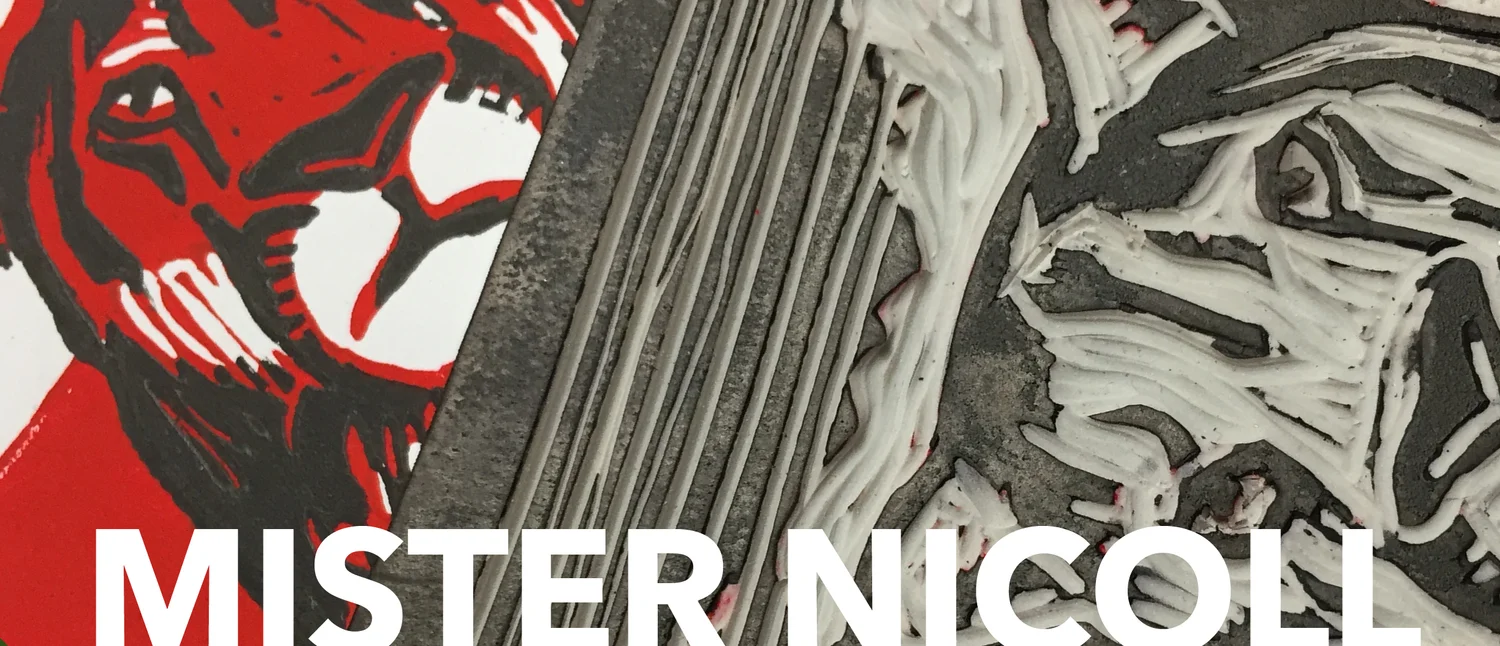Abstract Art with Joan Miro
Week 1
DAY 1
Prepare: (20 minutes)
Answer the following questions in your sketchbook:
What does the word “abstract” mean to you?
What do you think of when you hear the words “abstract” art?
Watch the following video on the artist Joan Miro,
Answer the following questions in your sketchbook:
After looking at Joan Miro’s paintings what shapes do you see that are familiar?
What did Joan Miro do to those shapes that made them different?
Practice (10 minutes)
Take a flower or leaf and press it in a book a few minutes. After you have done so, take the item out and draw an outline of what you see in your sketchbook using pencil.
Apply (20 minutes)
Flatness is one aspect of some abstract art. When artists flatten things they use shapes (not three dimensional forms) to describe something originally three-dimensional.
Choose an object that is three dimensional (stuffed animal, collectible figurine, etc.) and imagine it has become flattened. Draw what you imagine while looking at the object. Use pencil in your sketchbook.
Day 2
Prepare (20 minutes)
Answer the following question in your sketchbook:
What happened when you drew something “flat”? (for example, what was lost in the translation from 3D to 2D?)
Watch the following video about abstraction according to the Pixar film “Inside Out,
Go back and watch the video clip. Write down the four stages of abstraction discussed by the character Sadness. Take note of the very last stage.
Practice (10 minutes)
Now that you are familiar with flattening objects. Find three new objects at home. Imagine flattening them into shapes. Begin by drawing one, then draw the other, as two shapes overlapping each other. This will create new shapes inside the original ones.
Apply (20 minutes)
Abstraction is not an organized process like the Pixar film suggests. There are many ways to “abstract” something in an artwork.
Imagine you have a piece of clay or silly putty. What words would describe what you can do using the clay? (for example, “stretch,” “smash” or “poke”). Make a list of ten words. Next to each word, create a small line drawing that illustrates the word. Use a shape for all 10 words. The shape will change in appearance according to the word.
Week 2
Day 1
Prepare (10 minutes)
Artists sometimes use different methods to create an artwork. It is often a challenge that the artist poses for themselves or an inspiration to try something that produces a work of art.
Watch the following video about coming up with ideas,
Practice (20 minutes)
After organizing your space and taking away distractions. Follow the instructions on the Joan Miro Dice Game. If you do not have dice you can use a random dice roller online here, https://www.random.org/dice/
Use a pencil on paper to create the outlines of shapes. Use the whole space of your sketchbook paper. Remember to allow shapes to overlap. Only use pencil and do not fill spaces in.
Day 2
Prepare (5 minutes)
Looking at your drawing, ask yourself the following questions:
Are there small, medium and large spaces created by the shapes in my drawing?
Are there a variety of shapes in my drawing? (in other words, are there different kinds of shapes?)
Some of Joan Miro’s drawings use line as well as shapes. His lines may change from thick to thin.
Looking at your drawing, ask yourself the following questions:
Are there thick and thin lines in my drawing?
Do some lines change from thin to thick?
Practice (10 minutes)
Make any changes to your drawing so that you have a greater variety of shapes.
Make any changes to your drawing so that you have a greater variety of lines.
Apply (30 minutes)
Use your oil pastels or black pens and markers to outline the shapes you have drawn. Add colors using oil pastels, colored pencils or markers in between your lines.
Reflect (5 minutes)
Write a brief answer to the following question in your sketchbook:
What is different about drawing “abstractly” from drawings that you have done from observation?
Evaluate (5 minutes)
Share your drawing with a family member or friend. Ask them what they see. Ask them what interests them about your drawing.
Using the following questions, grade yourself using a score of 4 (4 being highest) and provide evidence for your score on the back of your drawing.
1) How well did I use flat shapes and areas of color to create an abstract work of art?
2) Do my lines vary in weight (do some lines change from thick to thin)?
3) How well did I make an effort to use colors in an engaging way?



